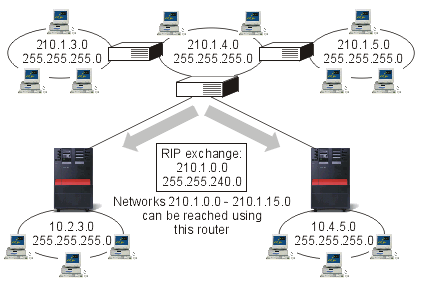Classless Inter-Domain Routing can reduce the size of your routing tables and make more IP addresses available within your business.
Classless Inter-Domain Routing (CIDR or supernetting) is a way to combine several class-C address ranges into a single network or route. This method of routing adds class-C Internet Protocol (IP) addresses. These addresses are given out by Internet service providers (ISPs) for use by their customers. CIDR addresses can reduce the size of your routing tables and make more IP addresses available within your business.
In the past, you were required to enter a subnet mask that was equal to or greater than the mask required for the network class. For class-C addresses, this meant a subnet of 255.255.255.0 was the largest (253 host) that could be specified. To conserve IP addresses, when companies needed more than 253 hosts in a network, the Internet was issuing several class-C addresses. This made the configuration of routes and other things difficult.
Now, CIDR allows these contiguous class-C addresses to be combined into a single network address range by using the subnet mask. For example, if you are giving out four class-C network addresses (208.222.148.0, 208.222.149.0, 208.222.150.0, and 208.222.151.0 with a subnet mask of 255.255.255.0), you can ask your ISP to make them a supernet by using the subnet mask 255.255.252.0. This mask combines the four networks into one for routing purposes. CIDR is beneficial because it reduces the number of assigned but unnecessary IP addresses.

In this example, the router is set up to send one RIP message with the network address 210.1.0.0 and subnet mask 255.255.240.0. This tells your systems to receive the RIP messages for networks 210.1.0.0 through 210.1.15.0 through this router. This sends one message rather than the 16 that it would take to convey the same information if CIDR were not available.